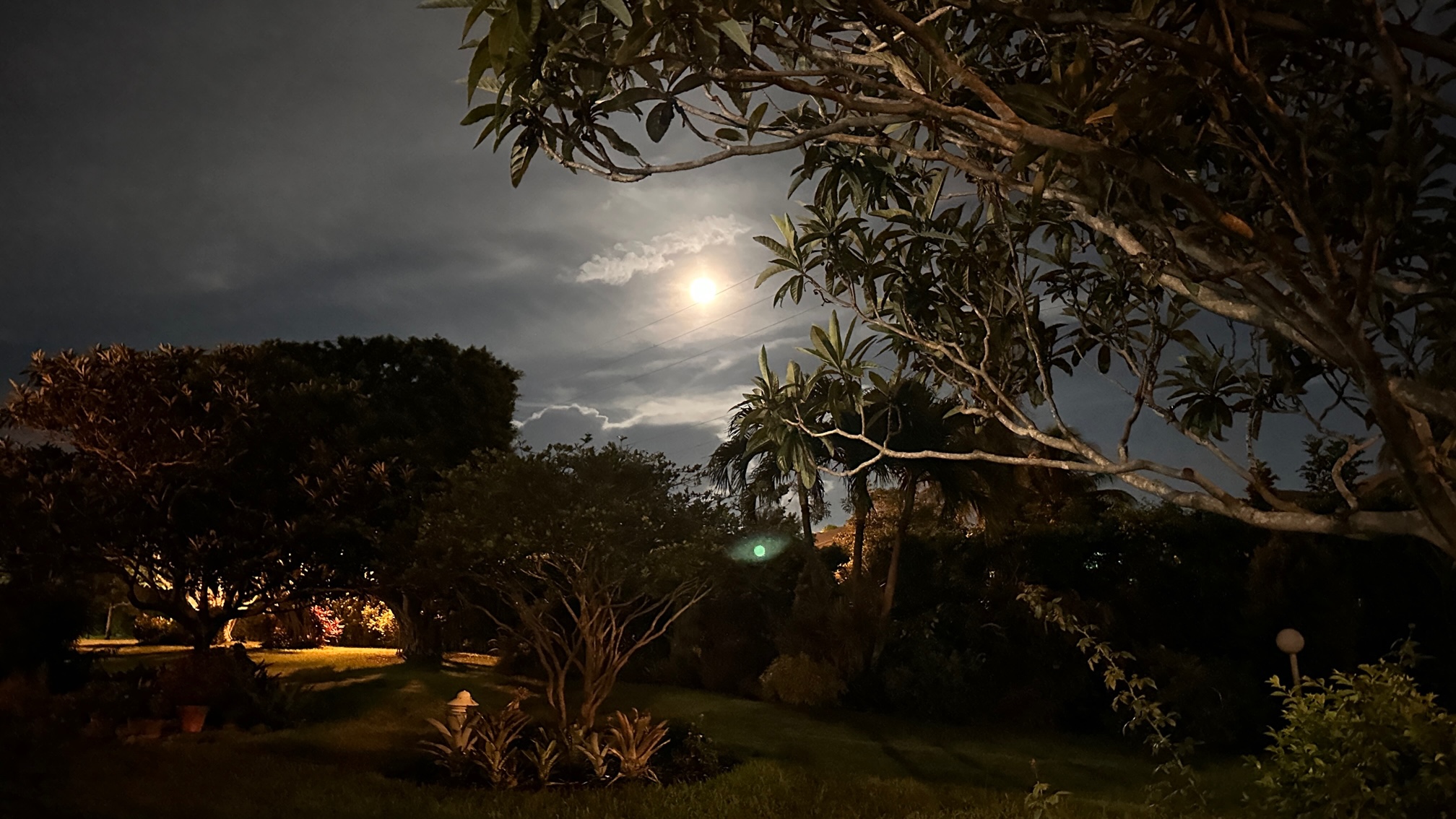
History – Mango Grove
Mango Grove 1940’s-1970’s When Waterside Was Just a Mango Grove by Elissa Crawford, Resident In addition to the early beginnings of Waterside Village, another bit of the property’s history came to light the summer before Hurricane Frances. I had gone to middle and senior high school with a girl named Joanne Miner. I knew that Joanne’s father, James T. Miner, had owned a home on this property when the grounds were primarily his business of a mango grove. The entrance street to Waterside Village — Miner Road —is named for her family. During school years I spent many days and overnight “sleep-overs” with another girl friend who lived right across the road on Loomis Street, so the grove was always familiar to me. I had lost touch with Joanne for a few years, but we reunited in June of 2004. During our conversation, it turned out that Joanne had never been inside the gates of Waterside, and she was always curious as to how the property had been developed. Excited to show my friend the beautifully designed buildings and recreational facilities, I invited her for a tour. As we walked along, Joanne pointed out where her family’s house had been located (behind Waterside’s office), reminisced about what a blessing it was to have grown up in the fresh air, and was duly impressed with the landscape. She told me that her father had formerly been a cabinetmaker, and had purchased this property before he went into the Navy during World War II. Here he planted several varieties of mangos with names such as Hadens, Kents, Tommy Atkins, Zills, Brooks, Springfields, Parvins, and many more. When World War II ended, the public demand for mangos increased, and James Miner expanded his acreage to several thousand mango plants. He developed a marketing campaign with pamphlets describing the food value of mangos and explained how to ripen, slice and serve them. Then in 1959 Mr. Miner began his rose business on the twenty acres west of here (which became Quadrille Condos). In the spring of 1973, Mr. Miner signed the first contract to sell the property but he still had the place for another year. I’m so glad my friend had the chance that summer day to at last see the grounds where she grew up and to discover how it had been developed into such a lovely community. Shortly after both hurricanes had knocked down so many trees, I invited Joanne back to take a second look. Yes, there were fewer trees, but many of her beloved mango trees still stood. I promised that if we have a good crop next summer, I’ll save some fruit for her! Mangos Additional facts about the origin and popularity of mangos The mango is native to Southeast Asia and India. It is the most widely consumed fresh fruit in the world. The fruit is related to cashews and pistachios, but also to poison ivy! (Some people experience a rash if they touch the outer skin or the trees). Some mango specimens can produce fruit after 300 years. In India the mango is a symbol of love. A basket of mangos is considered a gesture of friendship. The mangos share the spotlight with another universal symbol of community friendship, the pineapple. Families from Michigan founded neighboring cities like Boynton Beach and Delray Beach by farming pineapple groves. The pineapple figurine at the main fountain in Waterside Village is an example of extending a warm welcome to visitors. by Elissa Crawford, Resident |




